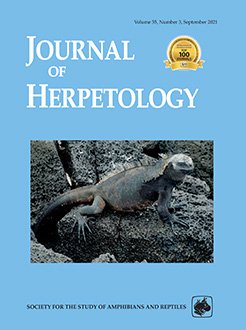Terrestrial squamate reptiles from the Galápagos archipelago have limited gene flow among islands, which provides an opportunity to test paleogeographic models. Previous work suggests that Pleistocene glaciations had a strong influence on the evolution of Galápagos's sea-locked vertebrates by allowing dispersal and contact among populations from different islands through land connections for the last 700,000 yr. A prediction of the model is that extant populations, despite being isolated at present, are more genetically similar than would be expected given their age of origin due to recent (Pleistocene) gene flow. Based on mitochondrial genes, we test the prediction with a comparative phylogeographic analysis of two sympatric species of lizards (Microlophus grayii and Phyllodactylus baurii) from Floreana island and two surrounding islets. As expected by the paleogeographic model, lizards from Floreana are very similar genetically to conspecifics from Champion, which, unlike Gardner, was connected to Floreana during Pleistocene glacial maxima. Moreover, populations of Floreana and Champion do not share haplotypes, suggesting that genetic drift played an important role in their evolution. The split between Gardner and Floreana plus Champion populations was estimated at 0.99 million years ago (mya) for Lava Lizards and 3.41 mya for Leaf-toed Geckos, whereas the split between populations from Floreana and Champion was 0.72 and 2.43 mya, respectively. Our results also show that Floreana and Champion populations are part of the same evolutionarily significant unit for each species, which might be at risk due to an upcoming invasive mammal eradication program in Floreana. Therefore, Champion represents a reasonable source for potential reintroductions if necessary.
How to translate text using browser tools
27 July 2021
Comparative Phylogeography of Floreana's Lizards Supports Galápagos Pleistocene Paleogeographical Model and Informs Conservation Management Decisions
Omar Torres-Carvajal,
Paula A. Castaño,
Francisco Moreno
ACCESS THE FULL ARTICLE

Journal of Herpetology
Vol. 55 • No. 3
September 2021
Vol. 55 • No. 3
September 2021




